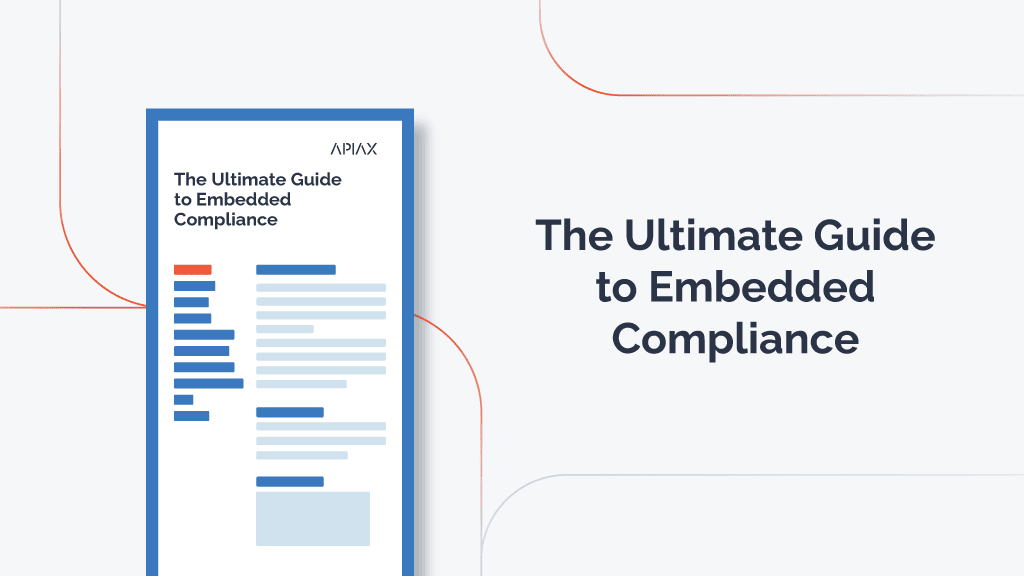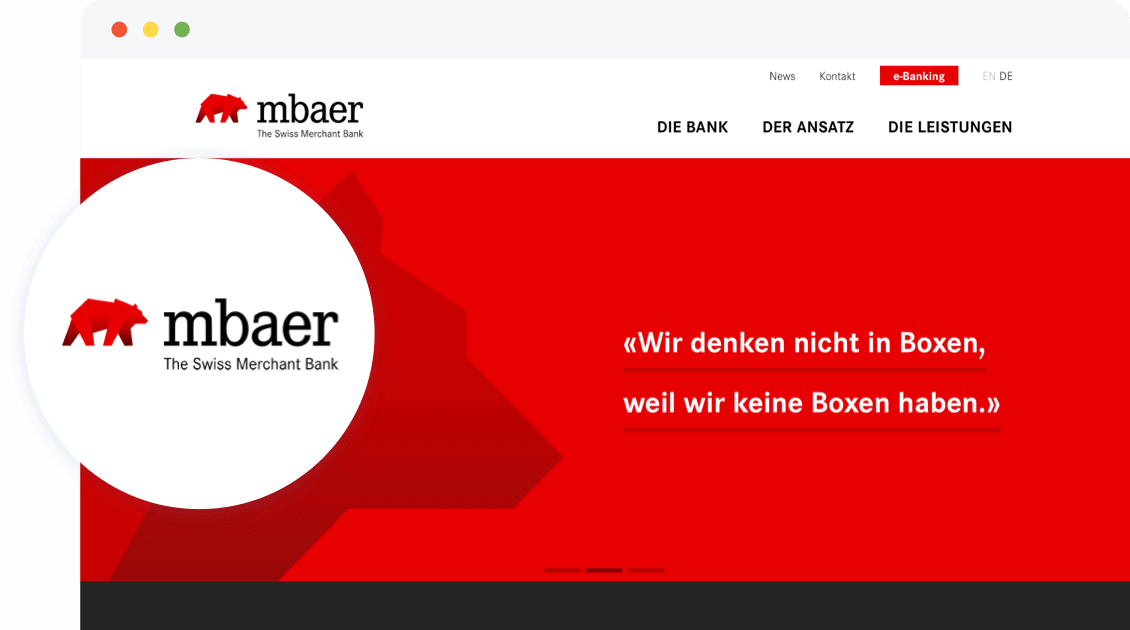Spend less time in compliance monitoring with digital banking compliance
Reduce the number of regulatory clarification requests that fall under your legal and compliance team with digitised rules and automated pre-activity checks.
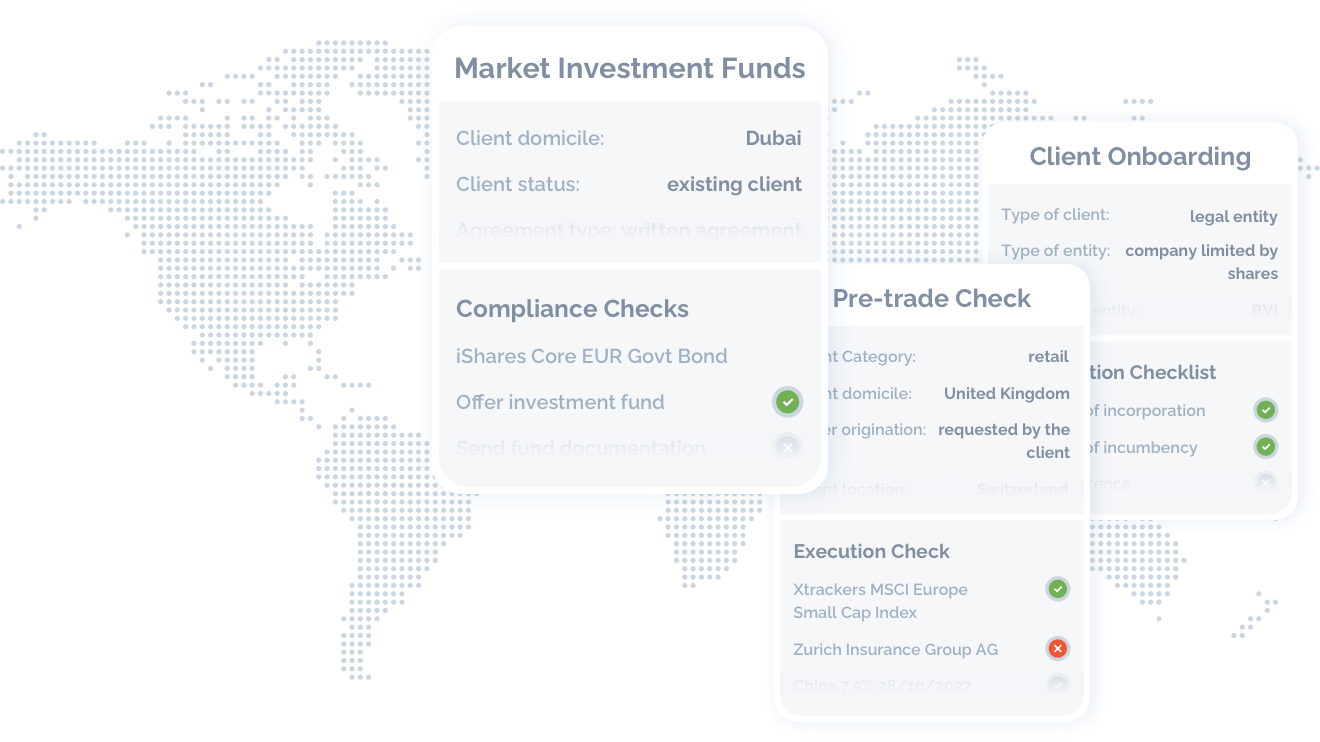






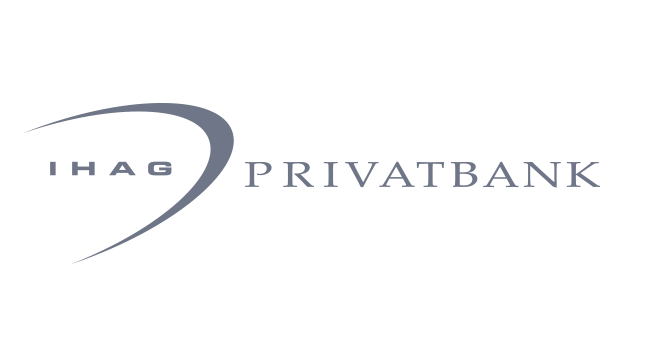




Get your banking compliance framework ready to scale
Financial institutions that plan to grow globally implement a banking compliance framework that is set on a solid foundation and ready to scale up. They know that compliance breaches cost money, legacy processes bring down efficiency, manual work is a heavy time consumer and reputational damages are never desirable.
Handling regulations fall under legal and compliance teams, which are the go-to team for numerous (often repeated) compliance clarification requests and are expected to actively monitor regulatory changes. Depending on the size of the banking institution and how automated these processes are, compliance can either be a blocker or a business enabler.
Relying only on intranets, continuous e-learnings or hiring additional resources are not scalable alternatives, thus the need for a compliance software enhancement to support such a vital department.
Offering compliance officers the opportunity to leverage their day-to-day activities with an innovative banking compliance system, reduces the likelihood of human error and brings faster response times. This ends up impacting positively all departments, but most importantly: customers.

“Some firms are focused on achieving process improvement and cost efficiencies by adopting technology solutions, automating monitoring and surveillance processes where possible,“
How embedded compliance helps to scale banking compliance processes
While many organisations still use handbooks or are dependent on intranets to access regulatory requirements or compliance policies, leading financial institutions are adopting embedded compliance to scale their banking compliance processes.
They are aware that the Risk Management and Compliance teams comprehend their second line of defense, which makes it a priority. Embedded compliance and RegTech are compliance management solutions that significantly enhance banking compliance frameworks.
Both combine regulatory knowledge with cutting-edge software, to enable compliance automation and facilitate compliance workflows across the entire organisation.
Banking compliance monitoring vs embedded compliance
In traditional banking compliance monitoring, legal and compliance teams attend regular mandatory compliance trainings and review business activities typically on a post-activity basis to detect non-compliance issues. They’re expected to provide case-by-case advice on the interpretation of compliance policies and legal questions.
Given the fast-moving regulatory landscape, compliance monitoring represents a major workload for compliance officers. Not only does it harm the efficiency of legal and compliance teams, but furthermost they could play a stronger and more active role in key areas of the business itself, rather than only in recurring administrative matters.
To bring scalability to banking compliance, financial institutions are adopting tech-enabled compliance monitoring, via embedded compliance.
Embedding rules into existing tools and processes allows business teams to access answers to their most pressing regulatory questions right where and when they need them.
The regulatory content that supports these digital rules is provided by the world’s most prominent law firms, that are on top of the latest regulatory changes. For the legal and compliance teams, this means a significant time-saving in compliance training and post-activity monitoring, given the automated pre-activity checks.
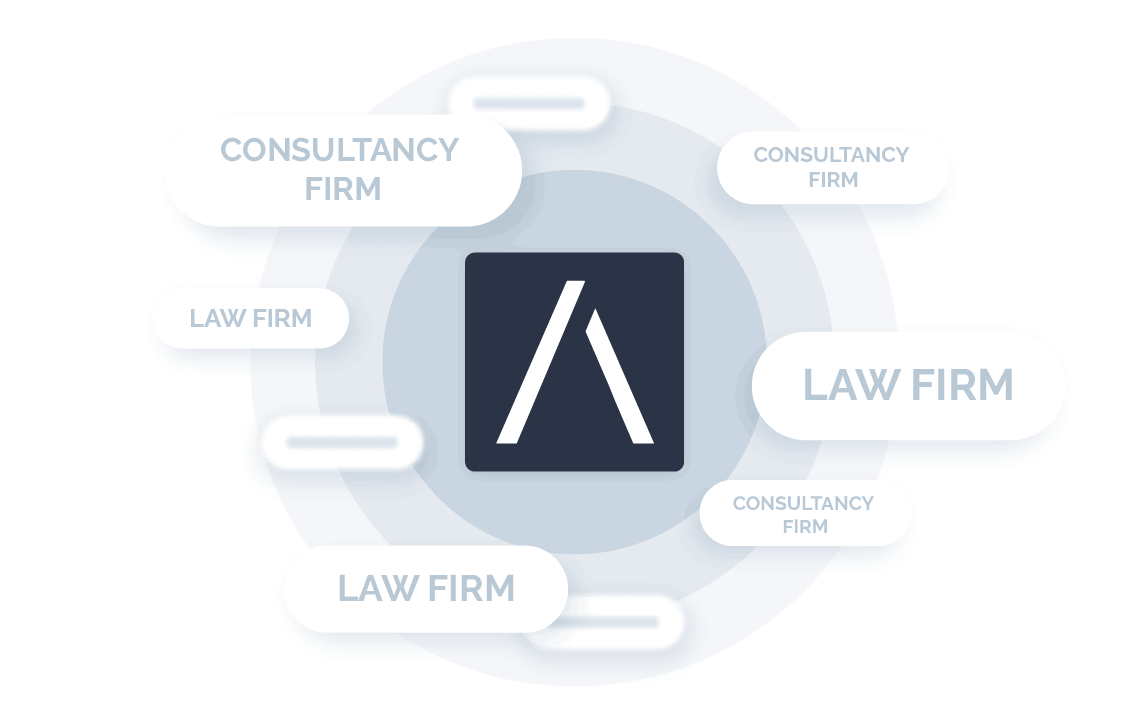
How embedded compliance works
Our compliance software is designed to help global financial institutions digitise their banking compliance system and stay compliant across jurisdictions.
Verified regulatory content
Access regulatory knowledge from the world’s leading law firms and choose your favorite provider.
Rule digitisation
Digitise your own rules according to your risk appetite and business needs.
Global Coverage
Cover all of your most pressing regulatory issues in more than 150 countries.
Always up-to-date
Updated knowledge base reflects the latest regulatory changes.
Industry-leading technology
Advanced suite of compliance technology solutions for every purpose.
Enterprise-ready
Mature solution with 99.9% uptime and extensive security testing.
The role of compliance officers in shaping banking compliance
According to Thomson Reuters, “Over a third of a compliance officer’s time is spent tracking and analyzing regulatory developments, reporting to the board, amending policies and procedures and liaising with the other control functions.”
Compliance officers have a great opportunity on their hands to shape banking compliance by advocating for compliance digitisation to support their daily operations and influence directly the business growth.

Early adopters of RegTech and embedded compliance have their processes streamlined thanks to digital rules, which leads to:
- Up to 80% time savings in compliance monitoring
- Up to 90% effort reduction in advisor compliance support
- Up to 8x fewer compliances breeches
- Better articulation with internal teams – that don’t need to keep on asking the same regulatory questions again and again.
Start saving time with automated digital compliance checks.
Download the embedded compliance guide and find out why other legal & compliance teams are already using it to leverage their banking compliance system.
